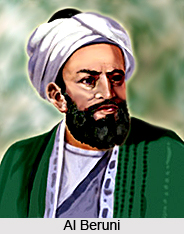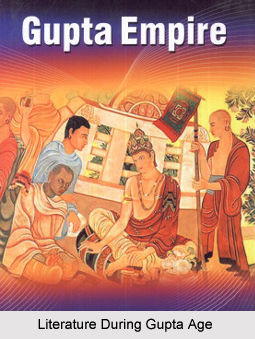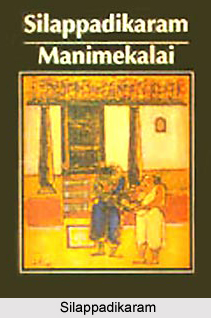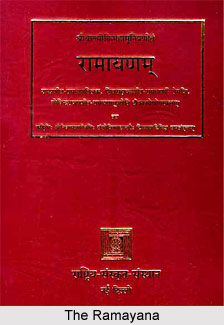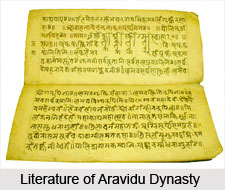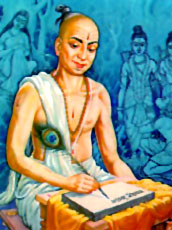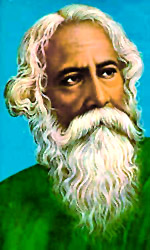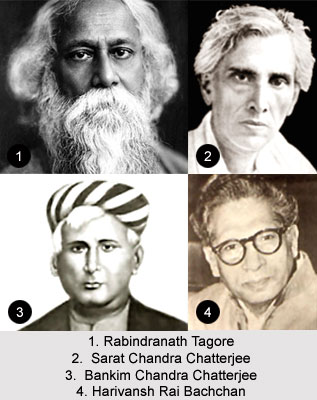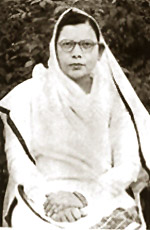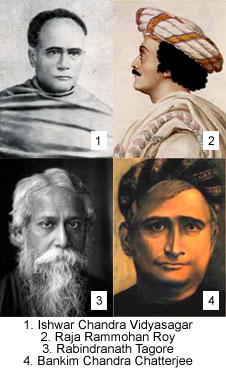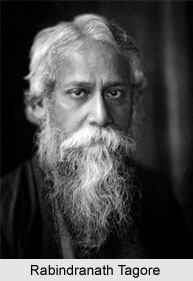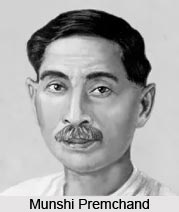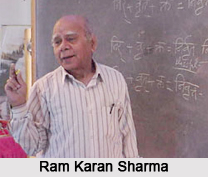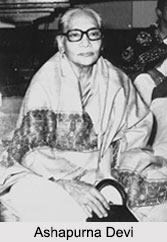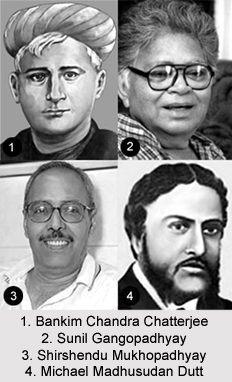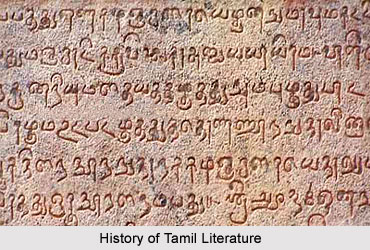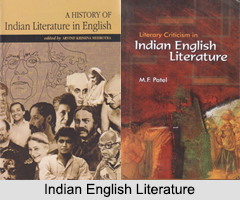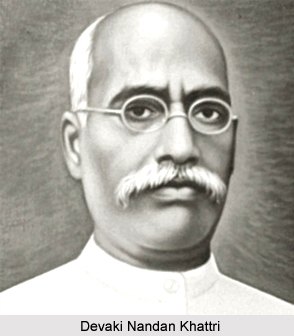 History of Hindi literature shows it to have possessed a rich past and its progress in the present is not unworthy of its noble traditions. Hindi has also developed its prose and secular character. In the sphere of etymology and construction of sentences there was a new development, namely, `Khari Boli` which has largely replaced Braj Bhasa both in prose and poetry.
History of Hindi literature shows it to have possessed a rich past and its progress in the present is not unworthy of its noble traditions. Hindi has also developed its prose and secular character. In the sphere of etymology and construction of sentences there was a new development, namely, `Khari Boli` which has largely replaced Braj Bhasa both in prose and poetry.
In the development of modern Hindi literature Fort William College founded by Wellesley in 1800 played a major role. Under the enthusiastic guidance of its principal Dr. John Gilchrist started a systematic study of Hindustani. The College encouraged the study of Braj Bhasa also. European missionaries also helped in the establishment of printing press and translation of the Bible in Hindi. Among the writers who helped in the development of simple Hindi, mention may be made of Munshi Devi Prasad and Devaki Nandan Khattri whose Chandra-Kanta Santati enjoyed great popularity in the first three decades of the twentieth century. There was also Raja Lakshman Singh who wrote in pure Hindi.
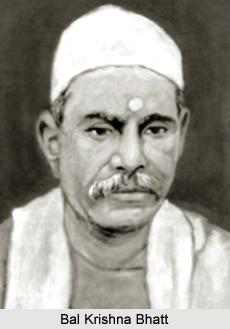 The real foundation of modern Hindi was laid by Bhartendu Harishchandra who may well be called the father of modern Hindi literature. His services to the cause of Hindi were multiple. He purified the Hindi language so that it could have a universal appeal and composed books which became the models for Hindi writers. He wrote poems, dramas, essays and stories. Among his contemporaries were Pratap Narain Misra, Badri Narain Choudhari and Thakur Jag Mohan Singh. Other writers who contributed greatly in the nineteenth century were Bal Krishna Bhatt, Gadadhar Singh, Bal Mukund Gupta, Kishori Lai Goswami and many others. Swami Dayanand Saraswati also took an active part in the propagation of Hindi language.
The real foundation of modern Hindi was laid by Bhartendu Harishchandra who may well be called the father of modern Hindi literature. His services to the cause of Hindi were multiple. He purified the Hindi language so that it could have a universal appeal and composed books which became the models for Hindi writers. He wrote poems, dramas, essays and stories. Among his contemporaries were Pratap Narain Misra, Badri Narain Choudhari and Thakur Jag Mohan Singh. Other writers who contributed greatly in the nineteenth century were Bal Krishna Bhatt, Gadadhar Singh, Bal Mukund Gupta, Kishori Lai Goswami and many others. Swami Dayanand Saraswati also took an active part in the propagation of Hindi language.
The early years of the twentieth century saw the development of `Khari boli` under the inspiration of Mahabir Prasad Dwivedi. The first great poet in Khari Boli was Priya Pravas by Ayodhya Singh Upadhyaya who`s depicted the emotional and psychological story of Lord Krishna`s departure to Mathura. Patriotic themes were touched by Maithili Sharan Gupta the poet-laureate of Hindi. His works show love for purity in language, for songs on the model of Bengali poetry and for mysticism.
In recent years Hindi poetry has developed along mystical and progressive lines. The mystical aspect was the result of the religious scriptures and poets like Kabir, Jayasi, Mira and Rabindra Nath Tagore. Shri Jaishankar Prasad was the most representative of these poets. Prasad inaugurated a phase of mysticism which has been termed Chhayavad in Hindi literature. The poets stand for a revaluation of culture. Their poetry is a hotchpotch of idealism, mysticism and romanticism. Other notable poets are Nirala Pant and Mahadevi Verma. Sumitranandan Pant was also one of the most inspiring poets. His poetry had a deeply-felt neo-humanism. His poems show abundance of melody and colour. Mahadevi Verma is called the nightingale of modern Hindi poetry. Hindi poetry has witnessed revivalism, progressivism, neo-mysticism, symbolism and experimentalism.
Modern Hindi Drama
Drama has also secured notable exponents in Hindi. Bhartendu Harishchandra and translations of works and Dwijendra. Lal Roy`s Bengali plays led the way to Hindi drama. Others like Madhava Sukla, Badri Nath Bhatt, Govind Ballabh Pant, Makhan Lai Chaturvedi and few others purified the Hindi drama and refashioned it to suit the modern setting. Jay Shanker Prasad composed several brilliant historical dramas. He covered the almost entire range of our ancient cultural history from Chandra Gupta Maurya to Harsha Vardhan. He was also a master of the dramatic technique and portrayed the human conflicts in true colours. Writers have also taken to the art of one-act plays. Such writers are Upendranath Ashok, Ganesh Prasad Dwivedi and Ram Kumar Varma.
The art of the novel and the short stories reached great perfection during the recent age. Early novels were specializing in depiction of romanticism or thrills and bizarre or magical situations like Chandra Kanta or Bhutanath.
In the field of the Essay and Literary Criticism, Hindi literature has attained a high standard. Mahabir Prasad Dwivedi led the way. Literary criticism has been well developed by persons like Hazari Prasad Dwivedi and Dhirendra Varma. Professors of Hindi in various universities and notable Hindi magazines have done important work in this field. Among the most recent writers there is Jainendra Kumar, Dr. Dhinrendra Varma, Dr. Raghubir Singh, Dr. Pitambar Dutta Barthwal, Nagendra, Nand Dularey Bajpai, Sri Sudhansu and Nagarjuna.
Today, however, there is a need for fresh orientation and greater attention towards scientific and social subjects. There is a close synthesis between Hindi and other Indian languages. There is a need for a simpler prose in Hindi. Simple grammar and rich vocabulary needs to be rich so that Hindi may truly become the lingua franca of India.

